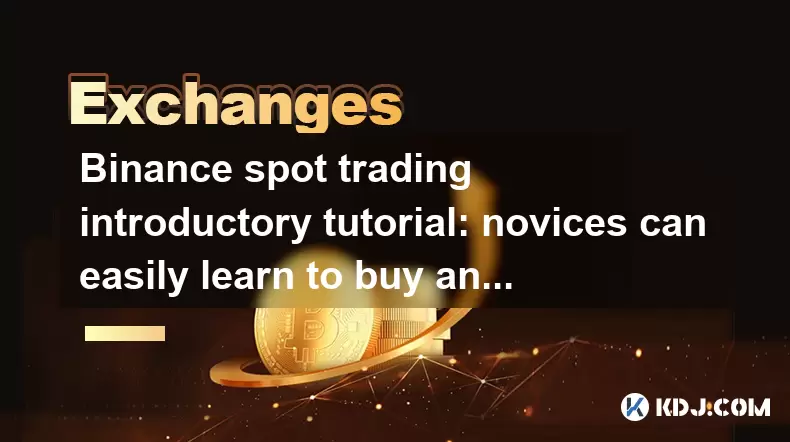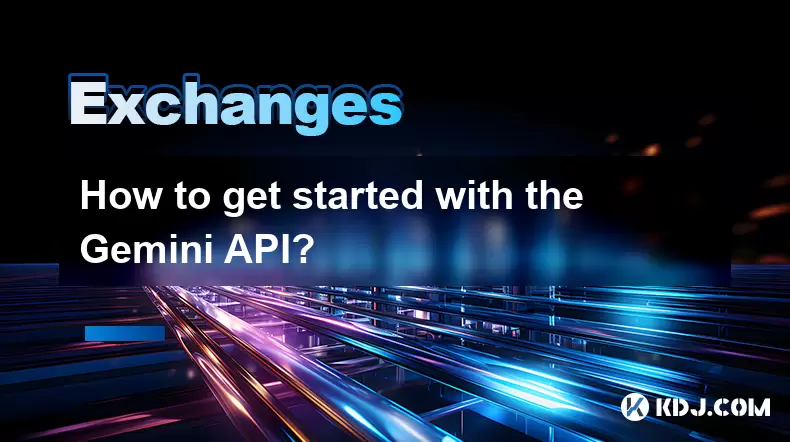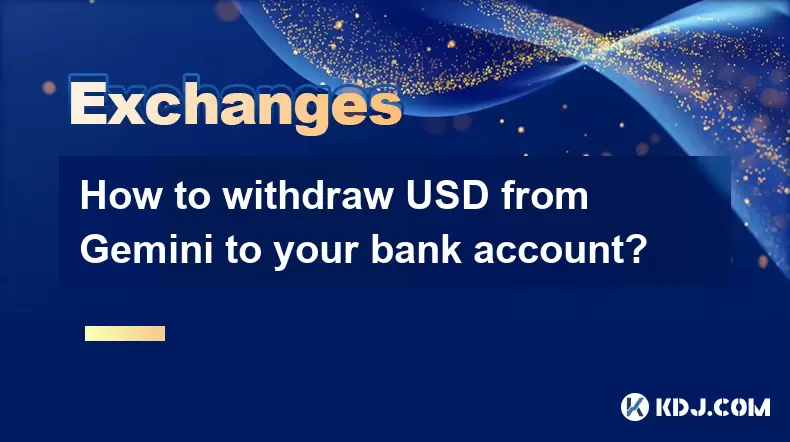-
 Bitcoin
Bitcoin $115000
0.12% -
 Ethereum
Ethereum $3701
4.50% -
 XRP
XRP $3.081
2.99% -
 Tether USDt
Tether USDt $0.0000
-0.01% -
 BNB
BNB $767.9
1.45% -
 Solana
Solana $169.5
3.13% -
 USDC
USDC $0.9999
0.01% -
 Dogecoin
Dogecoin $0.2106
4.30% -
 TRON
TRON $0.3334
1.62% -
 Cardano
Cardano $0.7564
2.54% -
 Stellar
Stellar $0.4165
0.76% -
 Hyperliquid
Hyperliquid $38.75
0.25% -
 Sui
Sui $3.593
3.00% -
 Chainlink
Chainlink $17.08
3.59% -
 Bitcoin Cash
Bitcoin Cash $573.6
4.35% -
 Hedera
Hedera $0.2508
-0.84% -
 Avalanche
Avalanche $23.07
6.46% -
 Ethena USDe
Ethena USDe $1.001
-0.02% -
 Litecoin
Litecoin $120.8
8.17% -
 UNUS SED LEO
UNUS SED LEO $8.943
-0.32% -
 Toncoin
Toncoin $3.400
-5.60% -
 Shiba Inu
Shiba Inu $0.00001255
1.54% -
 Uniswap
Uniswap $9.908
6.32% -
 Polkadot
Polkadot $3.718
2.10% -
 Monero
Monero $303.0
-0.74% -
 Dai
Dai $0.9999
-0.02% -
 Bitget Token
Bitget Token $4.392
0.91% -
 Cronos
Cronos $0.1403
6.31% -
 Pepe
Pepe $0.00001076
1.13% -
 Aave
Aave $267.2
1.80%
Binance spot trading introductory tutorial: novices can easily learn to buy and sell
Binance offers a user-friendly platform for spot trading, guiding novices through account setup, depositing funds, and executing trades on their intuitive interface.
Jun 15, 2025 at 05:57 am

Binance, one of the largest cryptocurrency exchanges in the world, offers a user-friendly platform for spot trading, which is the most straightforward way to buy and sell cryptocurrencies. This tutorial will guide you through the process of spot trading on Binance, ensuring that even novices can easily grasp the essentials of buying and selling digital assets.
Setting Up Your Binance Account
Before you can start trading on Binance, you need to set up an account. Here's how you can do it:
- Visit the Binance website and click on the "Register" button.
- Enter your email address and create a strong password. Make sure to use a password that includes a mix of letters, numbers, and special characters to enhance security.
- Verify your email by clicking on the confirmation link sent to your email address.
- Complete the identity verification process, known as KYC (Know Your Customer). This step involves submitting your personal information and uploading a government-issued ID. This is crucial for ensuring the security of your account and complying with regulatory requirements.
Once your account is set up and verified, you're ready to start trading.
Depositing Funds into Your Binance Account
To buy cryptocurrencies, you'll need to deposit funds into your Binance account. Follow these steps:
- Log in to your Binance account.
- Navigate to the "Wallet" section and click on "Overview".
- Select "Deposit" and choose the currency you want to deposit. You can deposit fiat currencies like USD or EUR, or cryptocurrencies like Bitcoin or Ethereum.
- Follow the on-screen instructions to complete the deposit. For fiat currencies, you'll typically need to link a bank account or use a card. For cryptocurrencies, you'll be provided with a deposit address to which you can send your funds.
Once your funds are deposited and confirmed, you can proceed to the spot trading section.
Navigating the Binance Spot Trading Interface
The Binance spot trading interface might seem complex at first, but it's designed to be intuitive. Here's a brief overview of the key components:
- Trading Pairs: On the left side of the screen, you'll see a list of available trading pairs. These are combinations of cryptocurrencies that you can trade, such as BTC/USDT (Bitcoin paired with Tether).
- Order Book: This displays the current buy and sell orders for the selected trading pair, showing the price and volume of each order.
- Trading Chart: The chart provides a visual representation of the price movements over time. You can switch between different chart types, such as candlestick or line charts, and adjust the time frame.
- Order Form: This is where you'll enter your trade details, including the type of order, the amount, and the price.
Understanding these components will help you navigate the platform effectively.
Placing Your First Spot Trade
Now that you're familiar with the interface, it's time to place your first spot trade. Let's walk through the process of buying a cryptocurrency:
- Select a trading pair from the list on the left. For this example, let's choose BTC/USDT.
- Decide on the order type. Binance offers several types of orders, but for beginners, the simplest are Market Orders and Limit Orders. A Market Order will buy or sell at the current market price, while a Limit Order allows you to set a specific price.
- Enter the amount you want to buy. You can enter the amount in BTC or the equivalent in USDT.
- Review your order and click on "Buy BTC" to execute the trade. If you chose a Market Order, the trade will be executed immediately at the best available price. If you chose a Limit Order, the trade will only be executed if the market reaches your specified price.
Congratulations! You've just made your first spot trade on Binance.
Selling Cryptocurrencies on Binance
Selling cryptocurrencies follows a similar process to buying. Here's how you can do it:
- Select the trading pair you want to sell. For example, if you want to sell BTC for USDT, choose the BTC/USDT pair.
- Choose the order type. Again, you can use a Market Order or a Limit Order.
- Enter the amount of BTC you want to sell. You can enter the amount in BTC or the equivalent in USDT.
- Review your order and click on "Sell BTC" to execute the trade. As with buying, a Market Order will be executed immediately, while a Limit Order will wait for the market to reach your specified price.
By following these steps, you can easily sell your cryptocurrencies on Binance.
Managing Your Trades and Portfolio
After you've made some trades, it's important to manage your portfolio and keep track of your trades. Here's how you can do that on Binance:
- Navigate to the "Orders" section to view your open and historical orders. This will help you keep track of your trades and monitor their status.
- Use the "Trade History" tab to review all your completed trades. This can be useful for analyzing your trading performance and making informed decisions.
- Check your portfolio in the "Wallet" section. Here, you can see the current value of your holdings and track their performance over time.
By regularly monitoring your trades and portfolio, you can make more informed decisions and improve your trading strategy.
Frequently Asked Questions
Q: Can I trade on Binance using a mobile app?
A: Yes, Binance offers a mobile app for both iOS and Android devices. The app provides a similar trading experience to the web platform, allowing you to buy and sell cryptocurrencies on the go.
Q: Are there any fees associated with spot trading on Binance?
A: Yes, Binance charges fees for spot trading. The fee structure is based on your trading volume and whether you're a maker or taker. Makers place orders that add liquidity to the market, while takers take liquidity by filling existing orders. You can find the current fee schedule on the Binance website.
Q: What should I do if I encounter issues with my trades?
A: If you encounter any issues with your trades, you can contact Binance customer support. They offer 24/7 assistance through their website and mobile app. It's also a good idea to check the Binance support center for common issues and solutions.
Q: Is it safe to leave my cryptocurrencies on Binance?
A: Binance employs advanced security measures to protect user funds, including cold storage for the majority of assets and two-factor authentication for account access. However, it's always a good practice to only keep the amount of cryptocurrency on the exchange that you intend to trade and transfer the rest to a secure wallet.
Disclaimer:info@kdj.com
The information provided is not trading advice. kdj.com does not assume any responsibility for any investments made based on the information provided in this article. Cryptocurrencies are highly volatile and it is highly recommended that you invest with caution after thorough research!
If you believe that the content used on this website infringes your copyright, please contact us immediately (info@kdj.com) and we will delete it promptly.
- Velo Universe, DEX, and DeFi Security: Navigating the Future of Decentralized Trading
- 2025-08-05 09:25:13
- Bitget Wallet Revolutionizes Solana with Gas-Free Transactions: A New Era for DeFi
- 2025-08-05 09:25:13
- Ozak AI, Crypto Boom, and ROI Potential: Is This the Next Big Thing?
- 2025-08-05 09:25:24
- Solana's ETF Hopes & the All-Time High Chase: Is SOL Set to Soar?
- 2025-08-05 09:25:24
- Coinbase's Brian Armstrong and the Art of Focused Work: A Deep Dive
- 2025-08-05 09:25:30
- Uniswap Price Prediction: Bullish Reversal on the Horizon?
- 2025-08-05 09:25:30
Related knowledge

How to set and manage alerts on the Gemini app?
Aug 03,2025 at 11:00am
Understanding the Gemini App Alert SystemThe Gemini app offers users a powerful way to stay informed about their cryptocurrency holdings, price moveme...

How to use the Gemini mobile app to trade on the go?
Aug 04,2025 at 09:14am
Setting Up the Gemini Mobile AppTo begin trading on the go using the Gemini mobile app, the first step is installing the application on your smartphon...

What to do if you forgot your Gemini password?
Aug 04,2025 at 03:42am
Understanding the Role of Passwords in Gemini AccountsWhen using Gemini, a regulated cryptocurrency exchange platform, your password serves as one of ...

What are the websocket feeds available from the Gemini API?
Aug 03,2025 at 07:43pm
Overview of Gemini WebSocket FeedsThe Gemini API provides real-time market data through its WebSocket feeds, enabling developers and traders to receiv...

How to get started with the Gemini API?
Aug 05,2025 at 12:35pm
Understanding the Gemini API and Its PurposeThe Gemini API is a powerful interface provided by the cryptocurrency exchange Gemini, enabling developers...

How to withdraw USD from Gemini to your bank account?
Aug 04,2025 at 11:01am
Understanding Gemini and USD WithdrawalsGemini is a regulated cryptocurrency exchange platform that allows users to buy, sell, trade, and store digita...

How to set and manage alerts on the Gemini app?
Aug 03,2025 at 11:00am
Understanding the Gemini App Alert SystemThe Gemini app offers users a powerful way to stay informed about their cryptocurrency holdings, price moveme...

How to use the Gemini mobile app to trade on the go?
Aug 04,2025 at 09:14am
Setting Up the Gemini Mobile AppTo begin trading on the go using the Gemini mobile app, the first step is installing the application on your smartphon...

What to do if you forgot your Gemini password?
Aug 04,2025 at 03:42am
Understanding the Role of Passwords in Gemini AccountsWhen using Gemini, a regulated cryptocurrency exchange platform, your password serves as one of ...

What are the websocket feeds available from the Gemini API?
Aug 03,2025 at 07:43pm
Overview of Gemini WebSocket FeedsThe Gemini API provides real-time market data through its WebSocket feeds, enabling developers and traders to receiv...

How to get started with the Gemini API?
Aug 05,2025 at 12:35pm
Understanding the Gemini API and Its PurposeThe Gemini API is a powerful interface provided by the cryptocurrency exchange Gemini, enabling developers...

How to withdraw USD from Gemini to your bank account?
Aug 04,2025 at 11:01am
Understanding Gemini and USD WithdrawalsGemini is a regulated cryptocurrency exchange platform that allows users to buy, sell, trade, and store digita...
See all articles

























































































